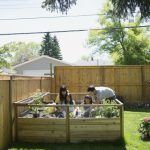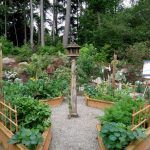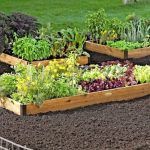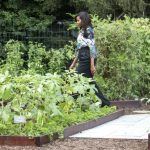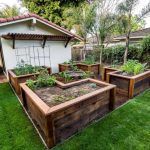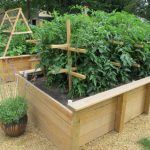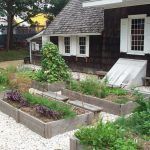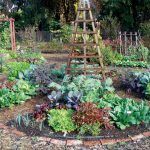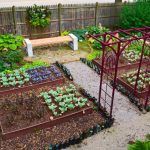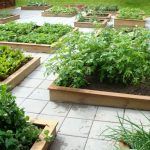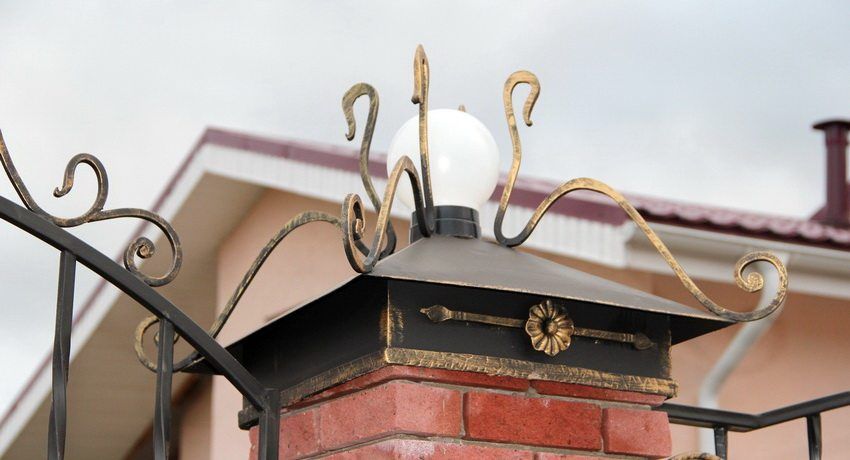From this article you can learn how to create beautiful beds in the country with their own hands: photos of good options that can be used as inspiration, instructions and design rules, as well as making structures for growing vegetables and greens on the site. The text outlines the basic principles of design development, taking into account the landscape features of the site, tips on choosing cultures and creating decorative design.
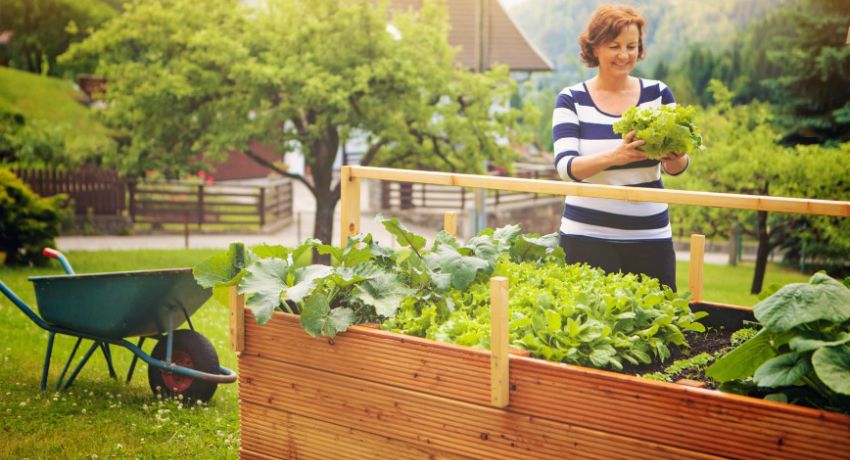
Beautiful beds in the country with their own hands: photos and design recommendations
A bed is a relatively isolated piece of soil where plants of a particular species are grown. Summer residents grow many crops that have similar cultivation features or, conversely, contradict each other. By zoning a plot with the help of beds, it is possible to divide incompatible plant species or to combine those that are characterized by the same care system.

Vegetable crops, like flowers, need certain conditions. The shape and size of the beds can affect the degree of soil moisture, the intensity of the gas exchange processes. Even the species diversity of microorganisms that will inhabit the upper soil layer depends on the type of construction. In addition, it is important to know how to position the beds on the site. Photos of unusual beds from this article confirm that the design of the site can be decorative and practical. In this case, you can create not just beautiful plantings, but also get a harvest from them.
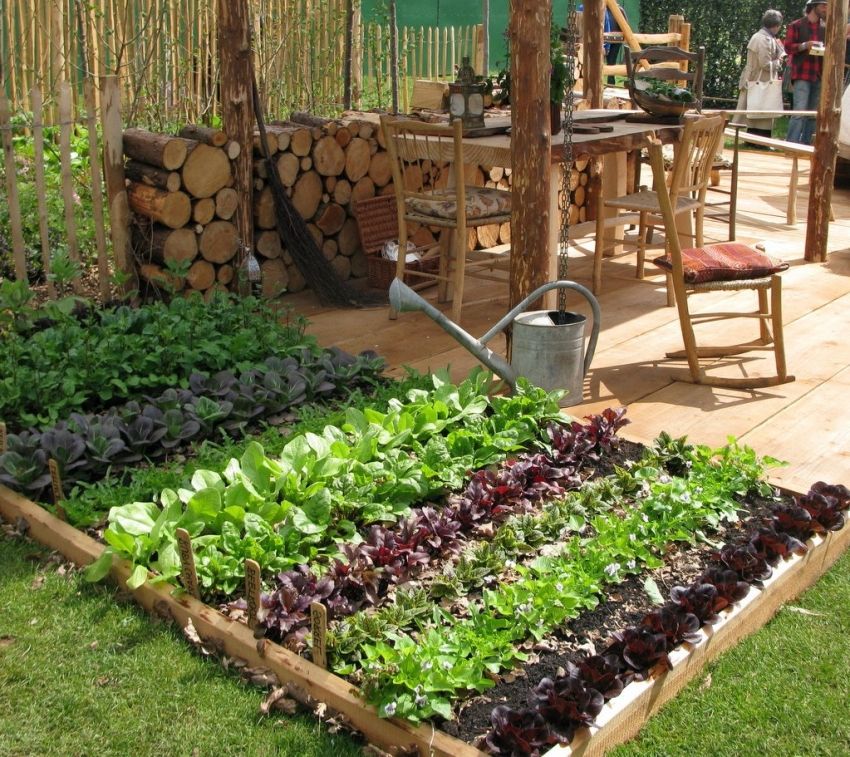
Note! Despite the same purpose of the beds, do not forget that some plants need a certain composition of the soil. However, other cultures may be less demanding. The same applies to the consistency of the soil, light mode and humidity. Inattention to such nuances can lead to a decrease in yield or its loss.
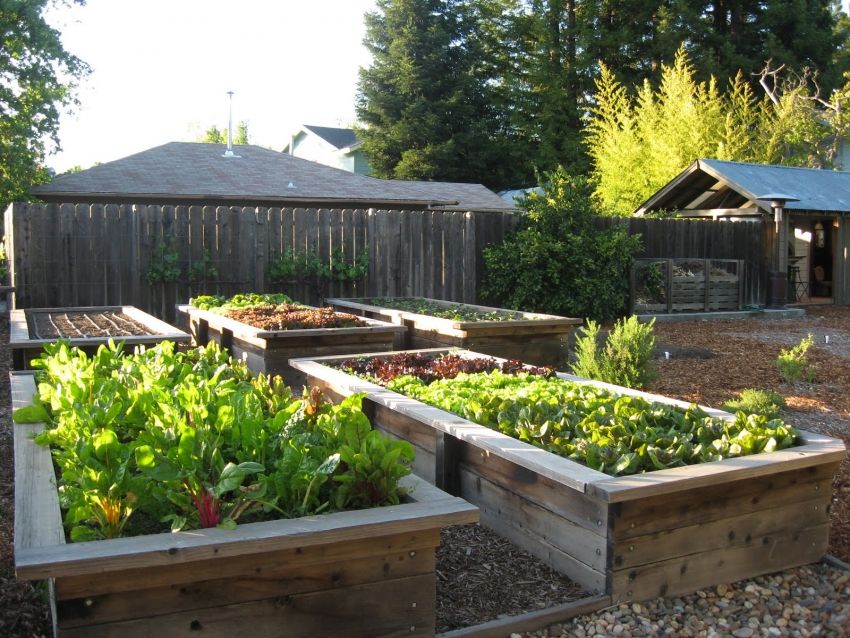
Summer residents practice two approaches to growing crops on the site – ecological and traditional. And one of them completely contradicts the other. The traditional method is gradually becoming a thing of the past. This principle of soil cultivation is labor intensive, it damages the ecosystem. In the traditional approach, a person independently controls and regulates the condition of the soil, as well as all the processes occurring in it.
The traditional principle of farming includes:
- herbicide treatment;
- digging up the soil twice a year (autumn and spring);
- use of fertilizers in large quantities.
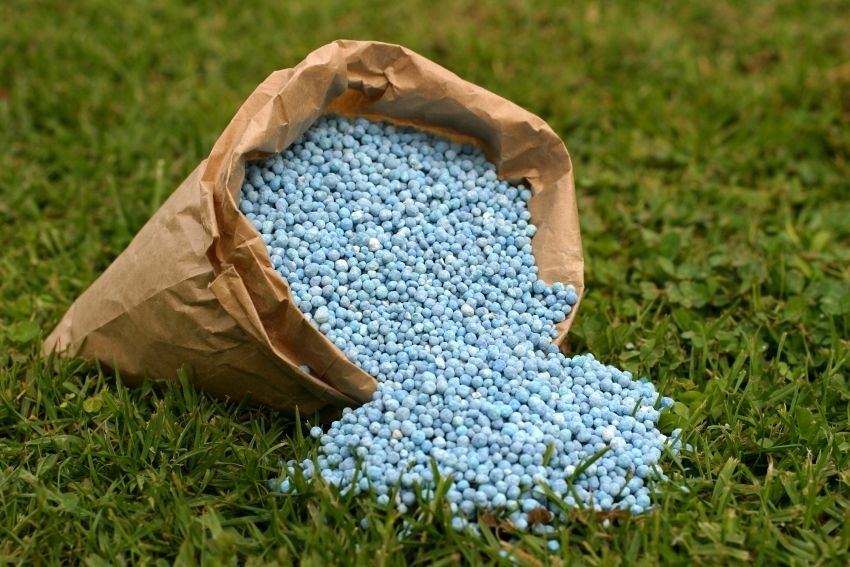
As a result, beds cultivated in this way lose their natural capillaries. The microorganisms living in the soil gradually die off, and the harvests become poorer.
Environmental approach to the device beds in the country with their own hands refers to natural farming. This principle is based on the natural properties of the soil to self-healing. At the same time, a person rarely interferes with the natural processes occurring in the beds. From digging, as from the method of preparing the soil for planting, refuse. Instead, surface loosening is used. The same applies to weeding, instead of which mulching is carried out.

The ecological principle of farming preserves the natural properties of the soil, which independently restores its structure due to the increased number of capillaries, plant roots, insects and microorganisms. Gas exchange processes are improved and, as a result, a sufficient amount of nitrogen enters the roots of crops in a natural way.
Note! In an environmental approach, chemical fertilizers are not used or minimized. Modern methods of creating beautiful beds in the country built on this principle.
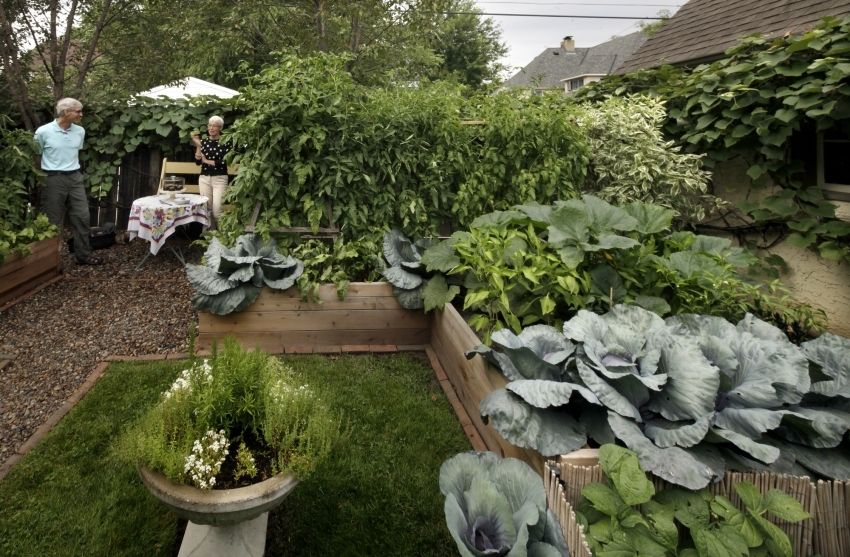
The network can be found in a large number of photos of beautiful beds and flower beds, every summer resident can create such a design with his own hands. The secret lies in planning the future garden.
Before you start work, it is desirable to consider some of the nuances:
- compatibility of crops that will be planted nearby – some plant species may have a positive effect on others, and some of them may be harmful. It is necessary to carefully examine the compatibility of crops that will grow in the beds;
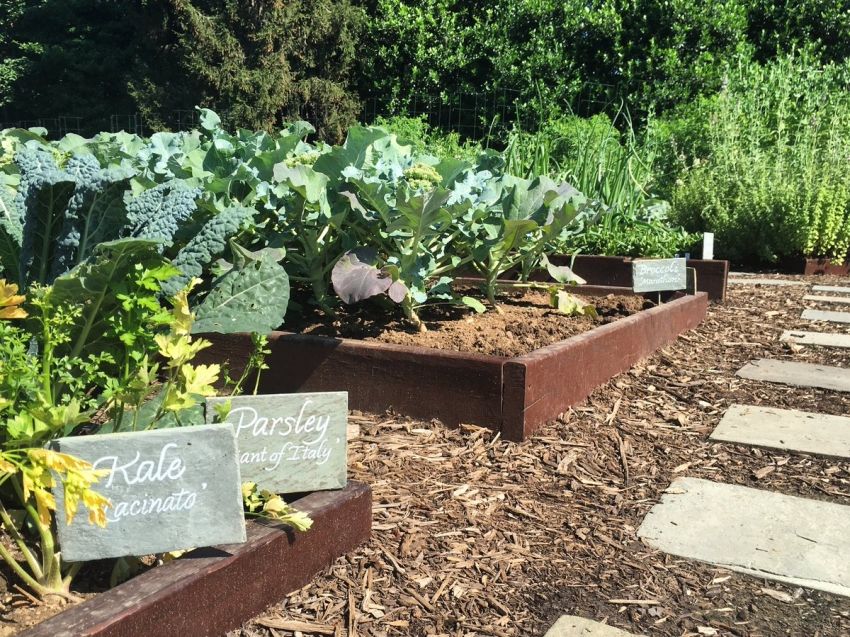
- Multi-level planning – the correct placement of plants in height will allow each type of crop in the garden to have enough sunlight. For example, the highest plantations are better placed on the north side. Gradually approaching the south, the height of the plants decreases as the amount of light increases;

- landscape features of the site – if the beds are located on a slope, there is a risk of flushing during heavy rains. To prevent this, it is recommended to organize on the site of the beds-boxes or place the seedlings in special boxes. In such conditions, you can make neat beds of small width, placing them across the slope. Due to this, water will accumulate between the rows and the need for additional watering will be minimal;
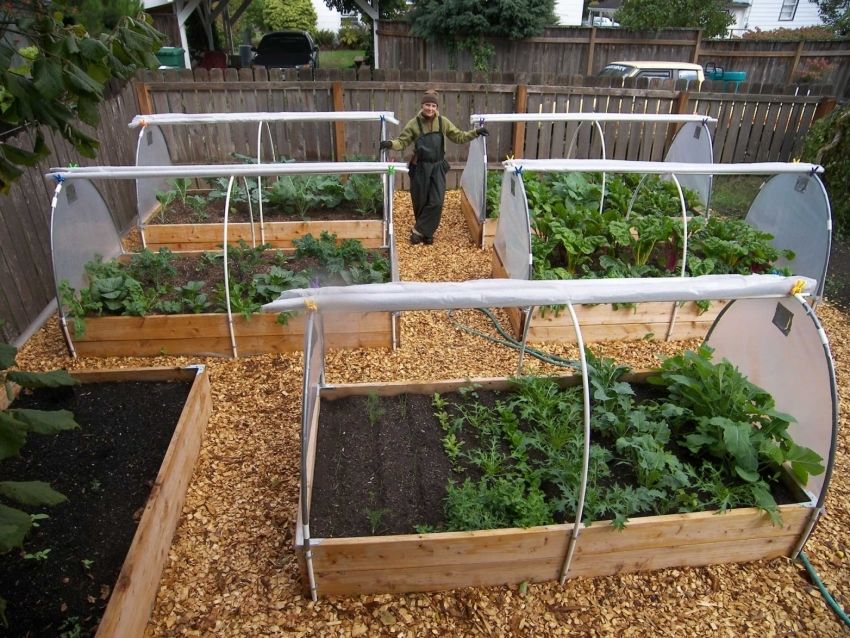
- yield – each vegetable has its own yield. This indicator can be used at the planning stage to find out what the number of beds should be and their size to get a certain amount of harvest.
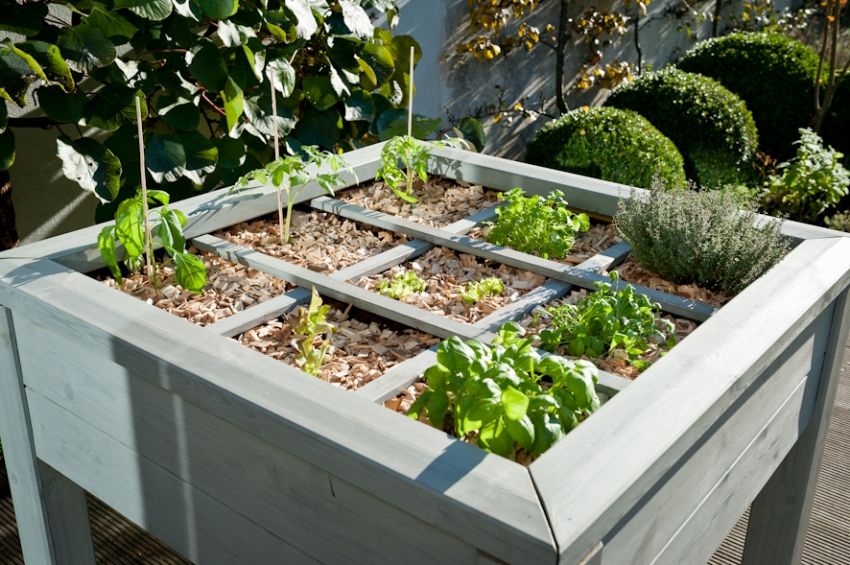
Glass or plastic bottles, wood blocks, pieces of slate, bricks, ceramic tiles and other materials that could remain on the site after construction or repair can be used as a decorative frame.
